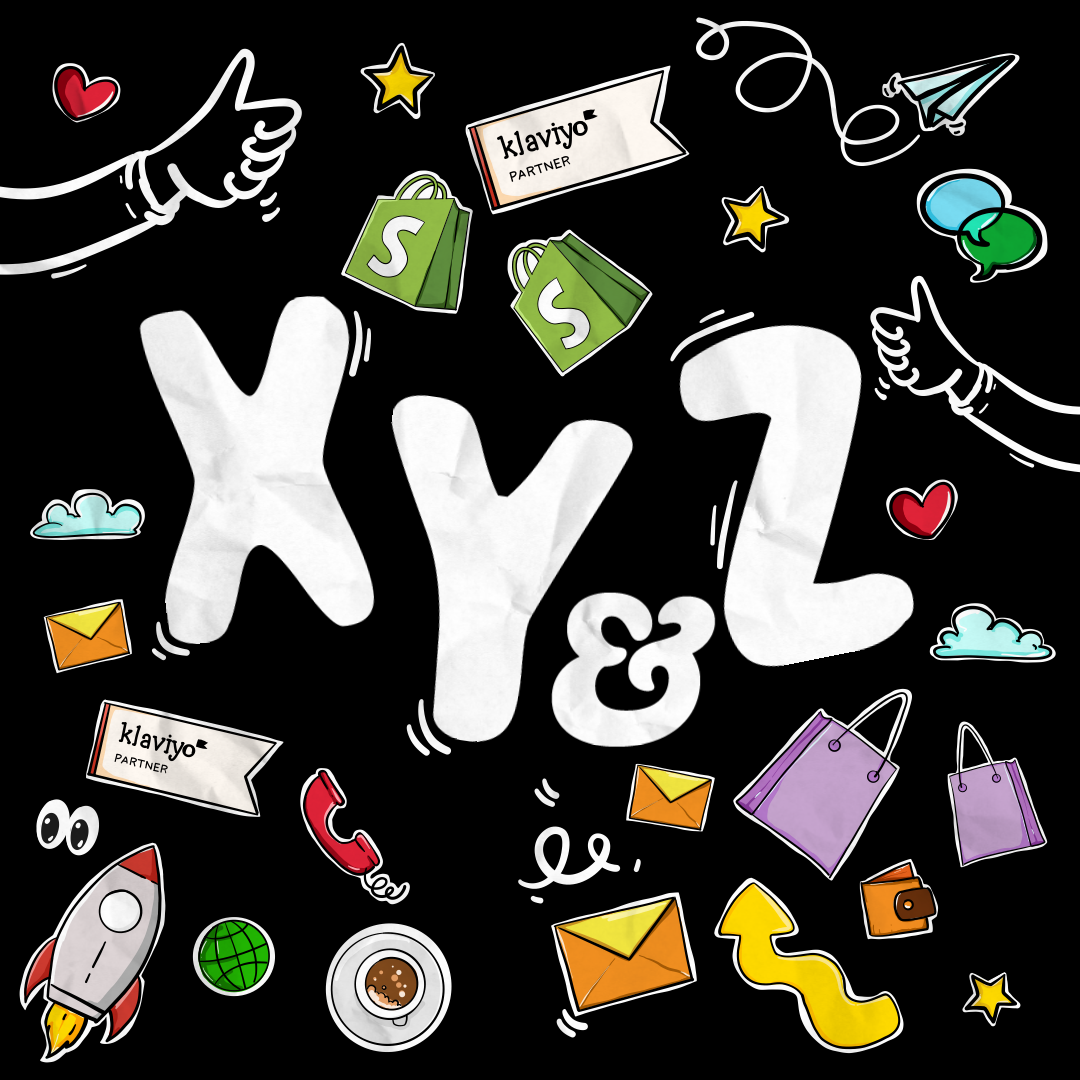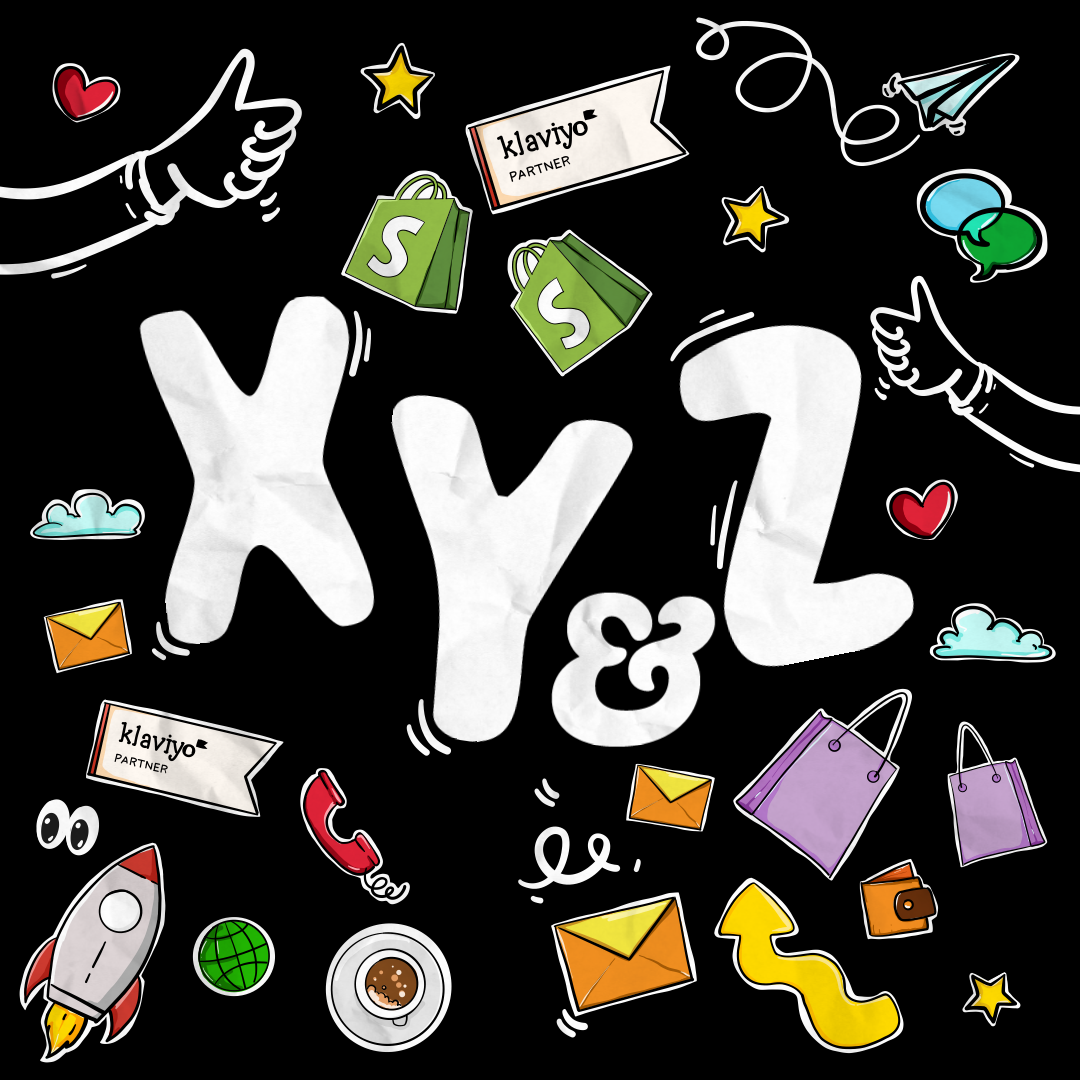Conditional Splits Without the Chaos
If your Klaviyo flows look like spaghetti, you’re not alone. 🍝
Once brands start layering segmentation, exceptions, and conditional logic, things can get messy — fast.
But here’s the truth: more branches, more relevance.
They usually make your flows harder to manage, test, and scale.
Let’s fix that.
This guide walks through when to branch a flow vs. when to stay simple, plus 3 high-impact splits that actually improve conversions (without wrecking your sanity).
Tip #1: Split vs. Block — The Golden Rule
Here’s the rule of thumb:
-
Split the flow when the message purpose or operations differ.
-
Use a conditional block when the content differs slightly, but the goal is the same.
Split the flow when:
✅ You’re talking to a different customer type (e.g., first-time vs. repeat buyer)
✅ The fulfilment or support process differs (e.g., domestic vs. international orders)
✅ The intent changes like post-purchase care vs. cross-sell
Use a block when:
✅ You just need a small variation in messaging (like shipping times or bonus notes)
✅ You’re adding contextual details — badges, FAQs, product-specific snippets
✅ The purpose stays the same, but you’re personalising the “how”
|
💡 Pro Tip: If the difference fits in two sentences, use a block. If it changes the entire purpose, split it. |
Tip #2: The 3 Smartest Splits (You Actually Need)
1. First-Time vs. Repeat Buyers
Purpose diverges here — new customers need education and reassurance, repeat buyers need speed and reward.
Example:
-
First-time buyer flow → intro + care tips + review request
-
Repeat buyer flow → reorder reminder + loyalty nudge
2. Domestic vs. International Orders
Operations differ: shipping times, customs, and returns. Keep your tone consistent, but branch your flow to clarify expectations and reduce support tickets.
Example:
-
Domestic → “Your order’s on its way! Expect delivery within 3–5 days.”
-
International → “Heads up! Your order may take 10–14 days and could incur local duties.”
3. High-AOV / Technical vs. Everyday Products
Intent shifts — one buyer needs proof; the other just needs a nudge.
Example:
-
High-AOV → video demo, testimonials, FAQs
-
Every day → quick reminder, urgency, clear CTA
|
💡 Pro Tip: Start with these three. They give 80% of the personalization payoff with 20% of the effort. |
Tip #3: Guardrails + QA for Clean Flows
Splits can get out of hand fast. Keep yours tidy with these ground rules:
✅ One split per step (max)
✅ Name branches clearly (“First-time Buyer,” “Repeat Buyer”)
✅ Always include a Default/Else path
✅ Add a flow filter: Placed Order since entering → remove from flow
✅ Test each branch with sample profiles before going live
✅ Review time delays — overlapping messages = chaos
|
💡 Pro Tip: If you can’t explain your logic out loud in under 30 seconds, it’s too complex. |
Why This Matters
Conditional splits aren’t about showing off your tech chops. They’re about delivering cleaner, more relevant messages that move people toward purchase without drowning in complexity.
Simpler systems scale better. And when your flows are lean, QA-friendly, and well-labelled, you’ll spend less time firefighting and more time optimising.
Want an Experienced Eye on Your Flows?
At House of Cart, we help Shopify founders build Klaviyo flows that actually make sense, and money.
Whether you’re untangling an overbuilt setup or creating flows from scratch, our team can help you streamline, segment smartly, and turn those “spaghetti” automations into smooth, sales-ready systems.
👉 Book your FREE strategy call here.
Big love,
Anna x









